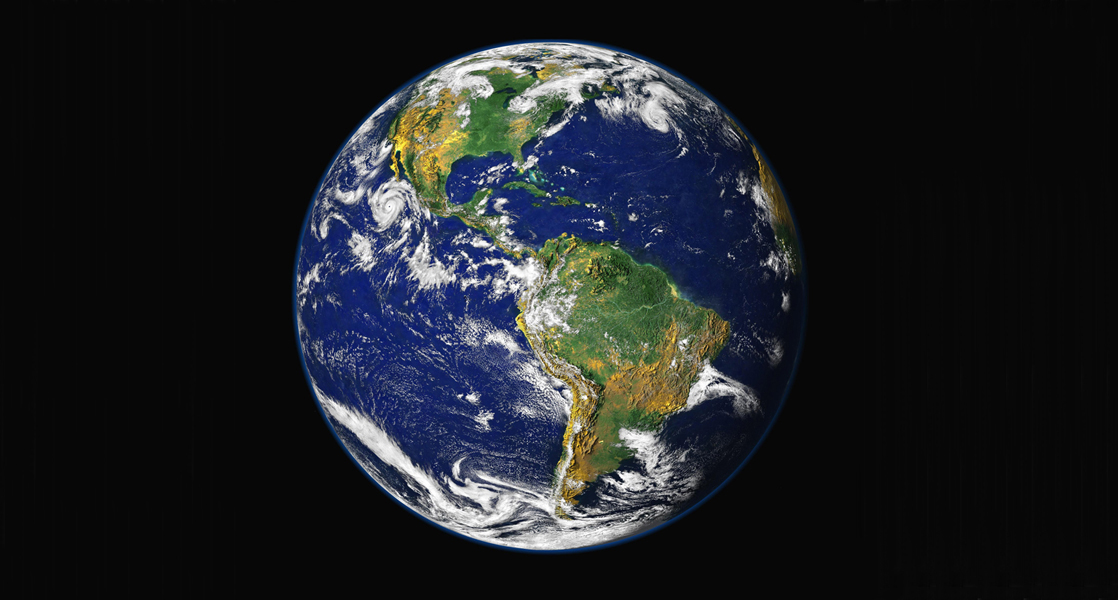
|

1.1 The study of life Read Online

Viewed from space, Earth offers no clues about the diversity of life forms that reside there. The first forms of life on Earth are thought to have been microorganisms that existed for billions of years in the ocean before plants and animals appeared. The mammals, birds, and flowers so familiar to us are all relatively recent, originating 130 to 200 million years ago. Humans have inhabited this planet for only the last 2.5 million years, and only in the last 200,000 years have humans started looking like we do today.
Chapter 41: Osmotic Regulation and Excretion MCQ Multiple Choices Questions Quiz Test Bank
41.1 Osmoregulation and Osmotic Balance
41.2 The Kidneys and Osmoregulatory Organs
41.3 Excretion Systems
41.4 Nitrogenous Wastes
41.5 Hormonal Control of Osmoregulatory Functions
Question: Cells in a hypertonic solution tend to:
Choices:
shrink due to water loss
swell due to water gain
stay the same size due to water moving into and out of the cell at the same rate
none of the above
Question: Human beings accumulate ________ before excreting nitrogenous waste.
Choices:
nitrogen
ammonia
urea
uric acid
Question: Flame cells are primitive excretory organs found in ________.
Choices:
arthropods
annelids
mammals
flatworms
Question: The sodium ion is at the highest concentration in:
Choices:
intracellular fluid
extracellular fluid
blood plasma
none of the above
Question: When a dehydrated human patient needs to be given fluids intravenously, he or she is given:
Choices:
water, which is hypotonic with respect to body fluids
saline at a concentration that is isotonic with respect to body fluids
glucose because it is a non-electrolyte
blood
Question: The gland located at the top of the kidney is the ________ gland.
Choices:
adrenal
pituitary
thyroid
thymus
Question: Active transport of K+ in Malpighian tubules ensures that:
Choices:
water follows K+ to make urine
osmotic balance is maintained between waste matter and bodily fluids
both a and b
neither a nor b
Question: The macula densa is/are:
Choices:
present in the renal medulla.
dense tissue present in the outer layer of the kidney.
cells present in the DCT and collecting tubules.
present in blood capillaries.
Question: Contractile vacuoles in microorganisms:
Choices:
exclusively perform an excretory function
can perform many functions, one of which is excretion of metabolic wastes
originate from the cell membrane
both b and c
Question: BUN is ________.
Choices:
blood urea nitrogen
blood uric acid nitrogen
an indicator of blood volume
an indicator of blood pressure
Question: The osmolarity of body fluids is maintained at ________.
Choices:
100 mOsm
300 mOsm
1000 mOsm
it is not constantly maintained